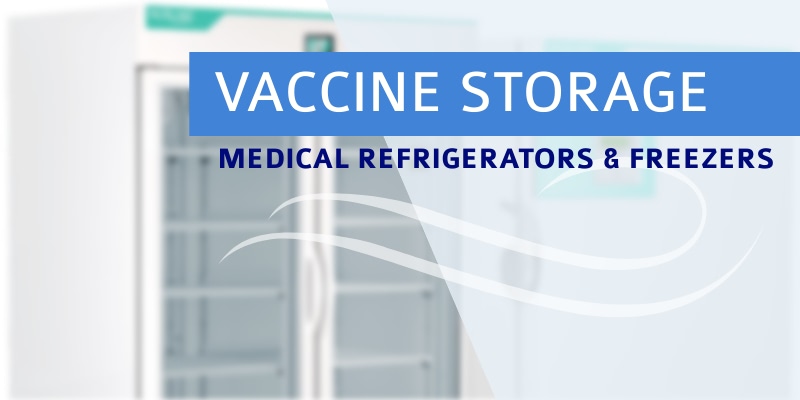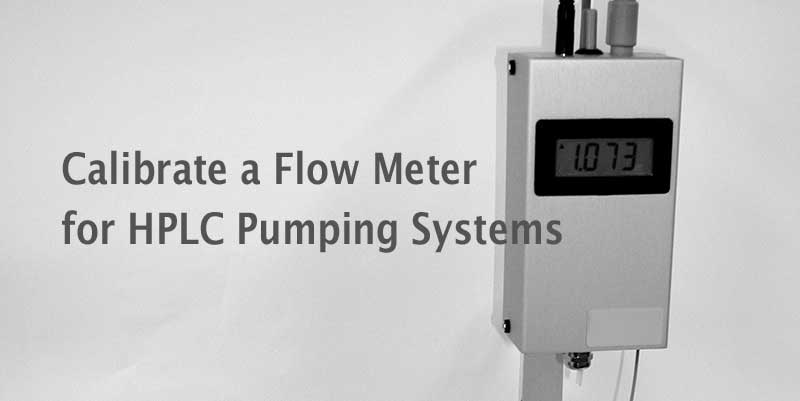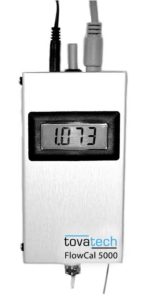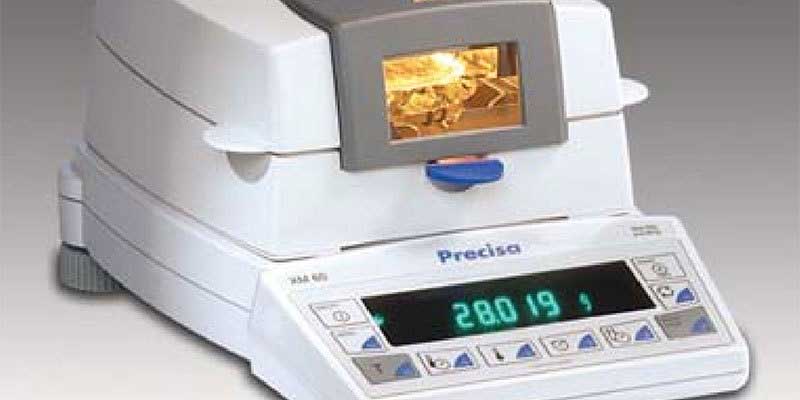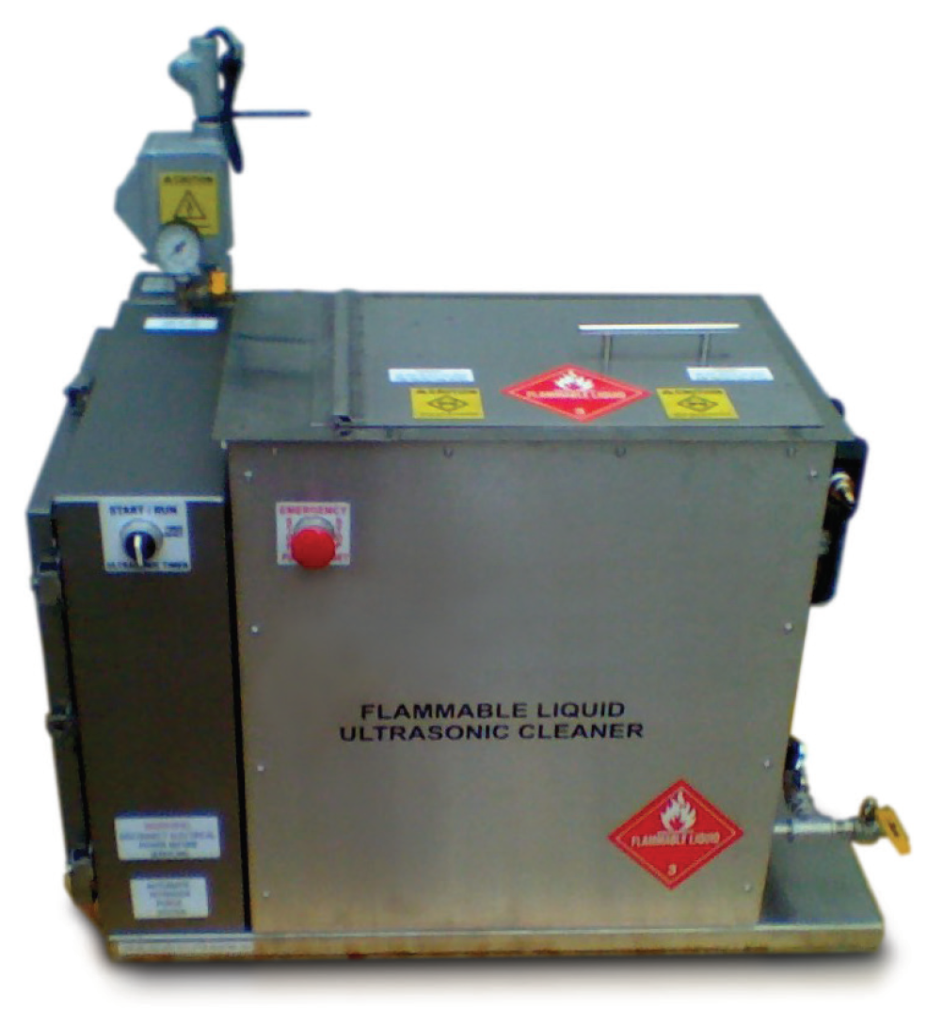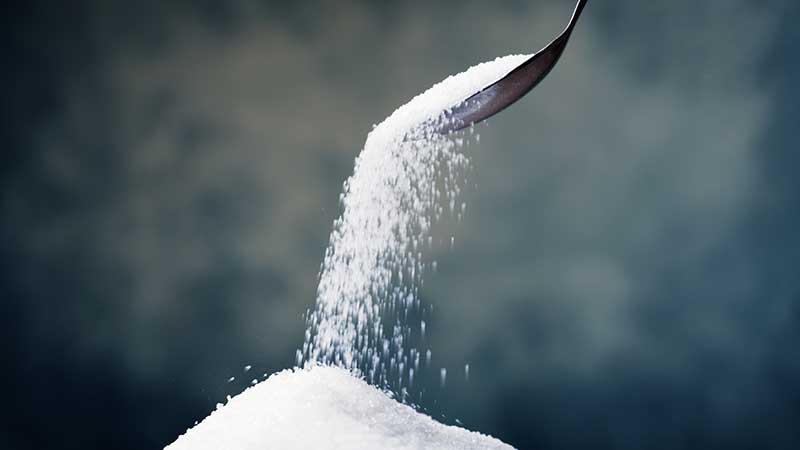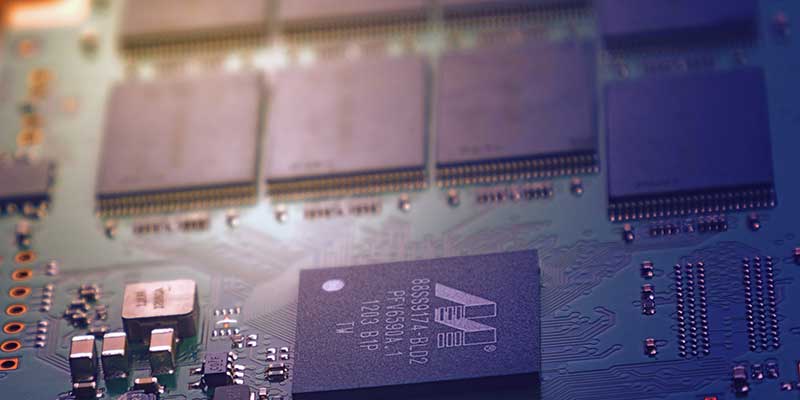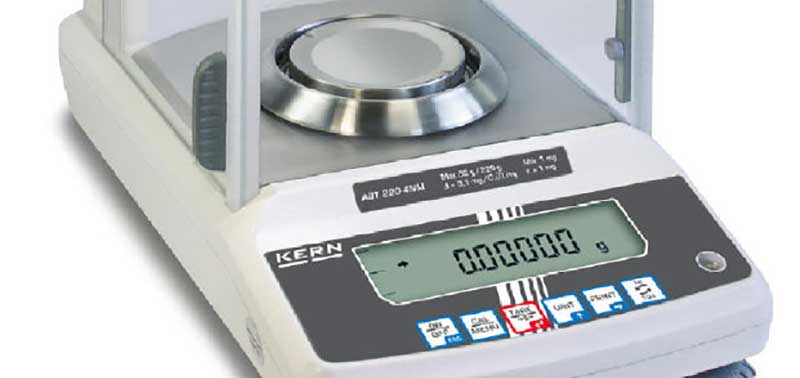Posts by Rachel Kohn
Specification Guidelines for Medical Refrigerators
Medical refrigerators – also called laboratory and scientific refrigerators – employed across healthcare and research facilities can be broadly classified into three categories:
- Medical refrigerators – operating at temperatures between 35⁰ and 46⁰F (2⁰ and 8⁰C)
- Medical freezers – operating at a temperature range of -4⁰ to -31⁰F (-20⁰ to -35⁰C)
- Ultra low temperature freezers with a temperature range of -58⁰ to -123⁰F (-50⁰ to -86⁰C)
Temperatures shown are examples. Temperature capability is indicated on manufacturers’ spec sheets. What’s important for you is selecting a medical refrigerator system that conforms to guidelines established by government and professional associations.
Note that household or commercial-grade units are not recommended for medical refrigeration as they are unable, for example, to maintain temperatures to exacting standards.
Costs of Improper Storage
As one example, improper storage, malfunctioning equipment, human error, and power failures annually cause thousands of dollars in losses due to compromised vaccines. … Read the rest
Flow Meter Calibration for HPLC Pumping Systems
Calibrating digital liquid flow meters that test high performance liquid chromatography (HPLC) pumping systems is performed prior to units being put into service. In accordance with GLP and to comply with other regulations, flow meter calibration – recalibration – should be performed annually. Digital HPLC flow meter recalibration is an exacting procedure requiring experts using high-precision measuring instruments. We describe it in this post after a brief explanation on
What Flow Meters Meter
As the name implies, flow meters measure the rate of flow of a product, usually through a pipeline or processing line. Gasoline pump flow meters at your local filling station are another common example. Standards may apply to periodic certification by calibrating flow meters to confirm that you are getting the fuel you pay for. Heating oil, natural or propane gas are also delivered via flow meters that vendors use to calculate your bill.
As another example, … Read the rest
How to Determine Moisture Content
Moisture content – the amount of moisture contained in a product – can be determined by using a moisture analyzer. Specifications for correct moisture content span a host of industries and products. Here you will learn how moisture analyzers are employed by researchers, QC personnel, professional associations, and government agencies to ensure products meet moisture content specs. It includes info on how moisture analyzers work along with purchasing and operating tips.
Why Moisture Content is Critical
According to Title 21 of the Code of Federal Regulations section n, “Safe-moisture level is a level of moisture low enough to prevent the growth of undesirable microorganisms in the finished product under the intended conditions of manufacturing, storage, and distribution.”
Types of Moisture
While most folks think of moisture as water, moisture is anything that evaporates on heating. Examples include fats, oils, alcohol, and solvents.
Moreover, moisture can lurk in places you … Read the rest
Ultrasonic Cleaners with Remote Generators
Industrial-scale ultrasonic cleaning involving flammable solvents with low flash points* requires special equipment as well as special procedures. The American Chemical Society publishes a table of common organic solvents that includes flash points. In terms of equipment specifications, you will need ultrasonic cleaners with remote generators to comply with NEC and NFPA as well as local codes to minimize dangers of fire or explosions.
Ultrasonic Cleaner Generators – What they Do
Benchtop ultrasonic cleaners and most floor-mounted industrial-sized units used with non-flammable aqueous cleaning chemicals have self-contained ultrasonic generators mounted in the unit casing along with the ultrasonic bath tank, transducers, control panel and, if so equipped, heaters.
These generators power the ultrasonic transducers that create billions of microscopic bubbles that implode on contact with items being cleaned to blast and carry away contaminants. For more on this see our post on how ultrasonic … Read the rest
Ultrasonic Cleaning Tanks: What You Should Know
While a variety of ultrasonic cleaners are the market, one component they have in common is the ultrasonic cleaning tank where cleaning action takes place. Whether you select a basic model ultrasonic cleaner, an advanced benchtop or a floor-mounted industrial-scale model, long-term reliability depends on the industrial ultrasonic cleaning tank and how you use and care for this essential component.
Ultrasonic Cleaning Tank Size
Cleaning tank size – which also governs the cleaning solution capacity – must be sufficient to accommodate whatever you are cleaning in such a way that parts are fully immersed in the ultrasonic cleaning solution.
Although this may seem a no-brainer, remember that parts being cleaned must not be in contact with each other or the tank itself. Otherwise, parts can be damaged, and perhaps more seriously, the tank itself can be damaged due to ultrasonic vibration.
That is why most cleaning is accomplished in … Read the rest
Determining and Confirming Moisture Content in Food
As reported in Wikipedia, “Food moisture analysis involves the whole coverage of the food items in the world because foods are comprising a considerable amount of water rather than other ingredients.” Food Technology notes “Both moisture content and water activity… are important in formulating products for safety and stability.” This post describes how benchtop moisture analyzers are critical tools to determine and confirm correct moisture content in food.
What is Moisture Content?
Moisture content applies to much more than food. Here is a brief explanation of the various forms of moisture that applies across the board:
- On the surface of a sample. This can be defined as bulk water attracted to other substances. Even though you might not see it, it can be there and its presence affects the weight of the substance. Surface moisture is most easily removed in a moisture analyzer.
- In pores or capillaries, where it
Two Practical Solutions to Clean Lab Sieves
Cleaning fine mesh particle analysis lab sieves becomes more difficult as mesh size decreases, making it more likely that particles become trapped in fine sieve openings. Manual cleaning test sieves has drawbacks including potential damage to the mesh and failure to achieve 100% particle removal. Here are two practical solutions to clean lab sieves as well as perform other important functions in food and pharmaceutical research facilities.
Lab Sieve Cleaning Solution No. 1
One way to solve the problem is by combining the 7.5-gallon Elmasonic EP300H ultrasonic cleaner with the Elma SRH 4/200 sieve rotation holder.
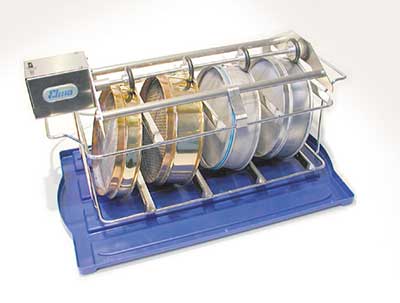
Ultrasonic cavitation produced by the Elmasonic EP300 H creates billions of minute vacuum bubbles. These implode vigorously against the surfaces of objects being cleaned to quickly and safely dislodge contaminants.
The unit operates at 37 kHz ultrasonic frequency. Features include a heater (30⁰ – 80⁰C) and a timer (1 … Read the rest
Ultrasonic PCB Cleaners for New and Reconditioned Boards
Removing soldering flux and residues from new PCBs and dirt when reconditioning PCBs by using an ultrasonic PCB cleaner is faster and more gentle than soaking and scrubbing with sprays and solvents. Manual PCB cleaning is time consuming, can damage delicate PCB assemblies and can be environmentally unfriendly. An ultrasonic PCB cleaner provides your best assurance that contaminants have been completely removed from new or reconditioned board configurations.
How an Ultrasonic PCB Cleaner Works
If you are familiar with ultrasonic cleaning proceed to the next section.
Ultrasonic cleaners come in a variety of sizes and capacities ranging from benchtop to floor mounted industrial units. Regardless of size, ultrasonic cleaners work in the same way.
A tank sized to accommodate objects being cleaned contains a biodegradable cleaning solution formulated for the task at hand.
Controls range from a simple on-off switch to more sophisticated timers, heaters and other features such as … Read the rest
Ultrasonic Cleaning Once-Fired Brass
A Tovatech Case Study
A recent report by IBISWorld states that the U.S. Shooting Range Industry market is estimated at $4 billion and encompasses more than 11,000 businesses. Many shooting enthusiasts, whether pistol or rifle, save on the cost of purchasing new ammo by cleaning and reloading spent cartridges, called once-fired brass. Here we describe how a professional employs an ultrasonic cleaner to restore some 250 pistol casings a week and 200 rifle casings a month.
A Case Study on Cleaning Once-Fired Brass
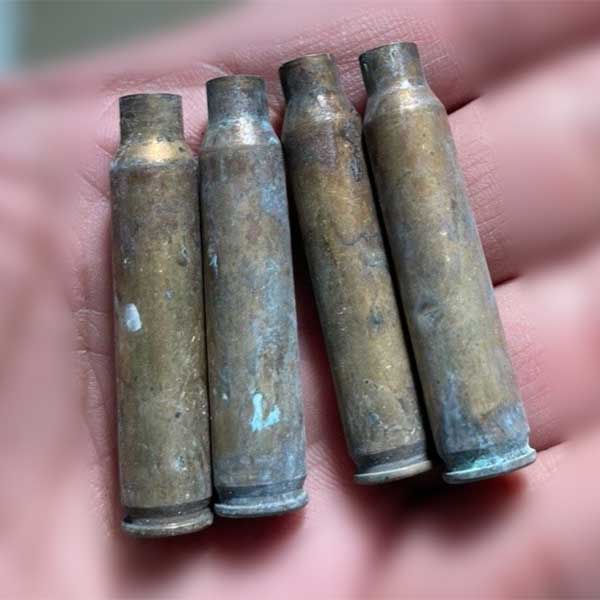
Seattle resident Subhro Kar is a Product Security Engineer for Red Hat Software and volunteers as a search and rescue pilot. Hobbies include photography, hunting and participation in precision shooting competitions. He shares with Tovatech his recommendations on employing ultrasonic energy to clean once-fired brass.
Tovatech: What led you to investigate then adopt cleaning and reloading once-fired brass?
Mr. Kar: I do … Read the rest
How to Use an Analytical Balance: 5 Tips
University and industrial laboratory researchers requiring extremely accurate measurements of extremely small quantities rely on a precision instrument called an analytical balance. Shopping for an analytical balance requires being familiar with some of the advanced features available today as well as the proper use of these precision instruments. It is on the second point that we focus this post on how to use an analytical balance.
Here you will learn
- How to set up an analytical balance
- The effect of environment on weighing accuracy
- How samples can introduce errors
- The importance of personal practices
- Important maintenance tips
